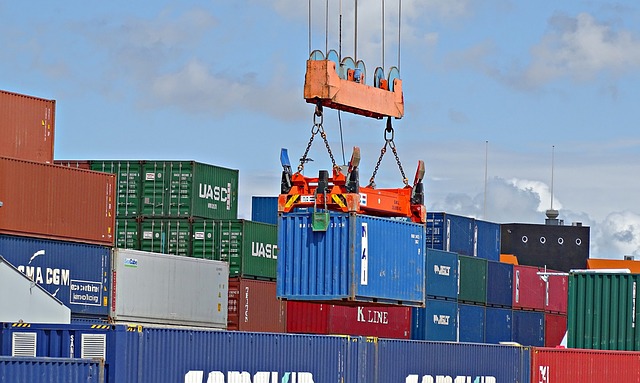-
The Development Budget Coordination Committee maintained its growth forecast for the Philippine economy this year to 6% to 7% amid the declining number of COVID-19 cases and gradual reopening of the economy
-
DBCC is optimistic the country’s GDP could return to pre-pandemic levels as early as 2022
-
Growth projection for goods exports was adjusted from 8% to 10%, and for services exports from 6% to 7% in 2022
The Development Budget Coordination Committee (DBCC) has maintained its growth forecast for the Philippine economy this year to 6% to 7% amid the country’s declining number of COVID-19 cases and gradual reopening of the economy, but raised its projection for exports and services sector.
DBCC kept its forecast last May that the gross domestic product will return to pre-COVID-19 growth levels by growing at 7% to 9% 2022, and by 6% to 7% in 2023 and 2024.
In a statement, DBCC said it is optimistic the country’s GDP could return to pre-pandemic levels as early as 2022 once several government actions are implemented. These include the release of P665.72 billion to fund the government’s COVID-19 response and to mitigate losses of low-income households, small businesses, and other vulnerable sectors.
To support its outlook, DBCC emphasized its support for managing risks and continuing the gradual and safe reopening of the economy, subject to the strictest compliance with minimum public health standards.
It said intensified implementation of the prevent, detect, isolate, treat, and recover strategy, along with the full vaccination of residents in high-risk areas, will help build consumer and business confidence, improve the country’s health system capacity, and prevent community transmissions of the highly transmissible Delta variant of COVID-19.
The DBCC said relaxation of quarantine restrictions in high-risk areas must be complemented with an accelerated vaccination roll-out to allow more businesses to operate and consumers to participate in socioeconomic activities.
The DBCC will review GDP growth projections after the release of the second quarter GDP in August.
For the first quarter of 2021, the country’s GDP shrank 4.2%, its fifth consecutive quarter of decline amid continuing restrictions due to the COVID-19 pandemic.
Imports, exports
While it maintained GDP forecasts, DBCC adjusted its growth projection for goods exports from 8% to 10% following the expected recovery in external demand.
Meanwhile, the growth outlook for services exports in 2022 was revised from 6% to 7% in line with projected improvements in travel and business process outsourcing receipts due to gradual reopening of the economy.
Other macroeconomic assumptions were retained. For next year, goods exports are seen to expand by 6%. Goods imports are still expected to grow by 12% this year and 10% in 2022.
For 2023 to 2024, goods exports and imports are projected to grow by 6% and 8%, respectively.
The growth forecast for services exports is maintained at 6% for 2021. On the other hand, services imports are projected to grow by 7% in 2021 and by 8% for 2022 to 2024.
Revenue projections for the medium term were retained at P2.88 trillion for 2021 (14.5% of GDP), P3.29 trillion for 2022 (14.9% of GDP), P3.59 trillion for 2023 (14.8% of GDP), and P4 trillion for 2024 (15.1% of GDP).
Consistent with the macroeconomic assumptions and foregoing fiscal targets, the DBCC approved the expenditure ceiling of P5.024 trillion for the 2022 National Expenditure Program. This is higher by 11.5% than the current year’s expenditure program.
DBCC said the proposed 2022 national budget will continue to invest in building the country’s resilience amidst the pandemic by prioritizing funding for COVID-19 response measures, such as healthcare development and social services, while also ramping up economic growth through investments in public infrastructure.
DBCC primarily reviews and approves the macroeconomic targets, revenue projections, borrowing level, aggregate budget level and expenditure priorities, and recommends to the Cabinet and the President the consolidated public sector financial position and the national government fiscal program.





